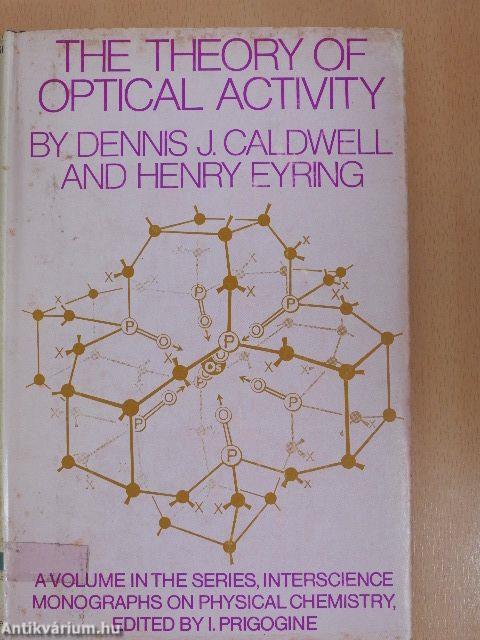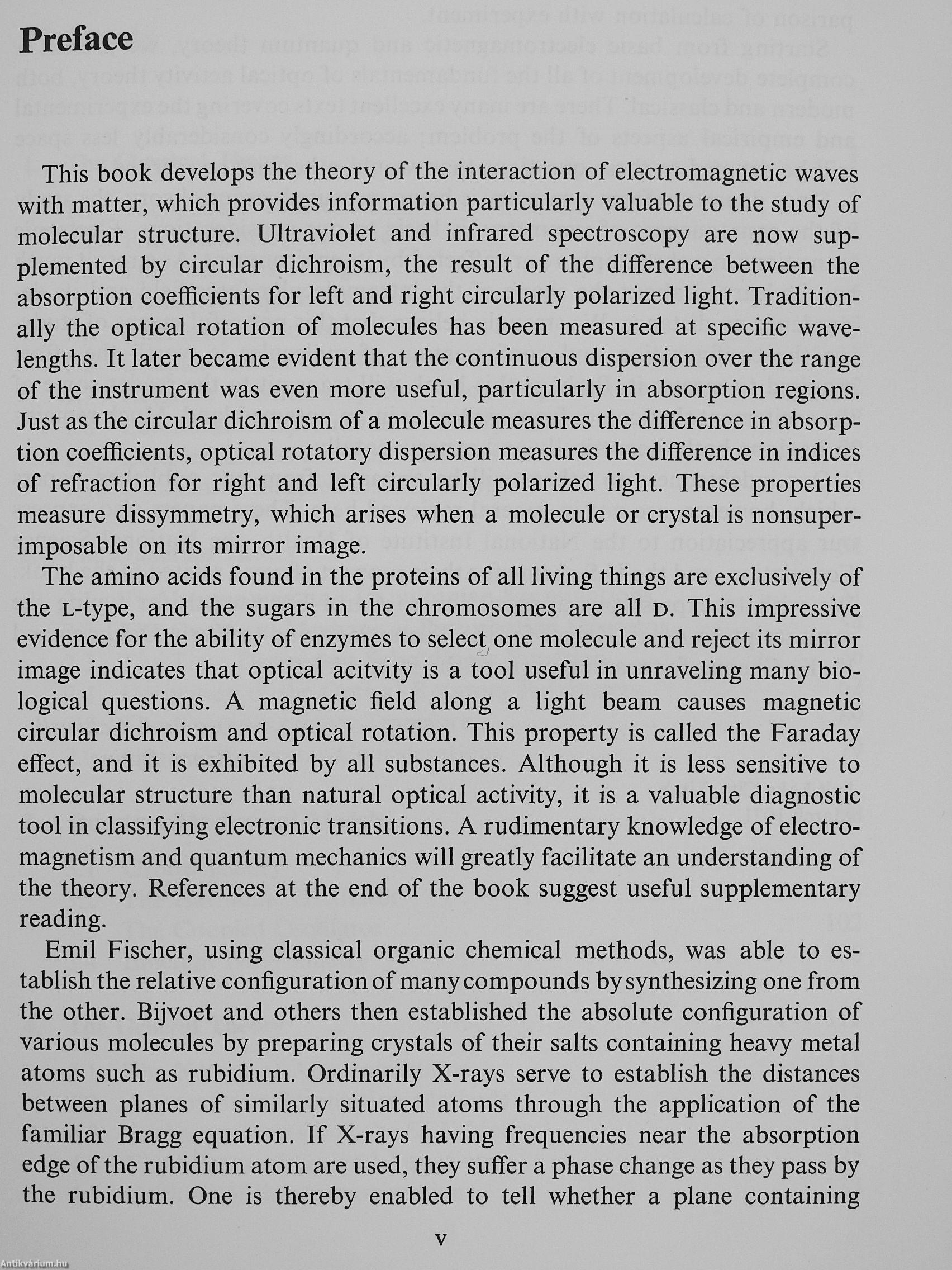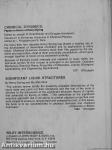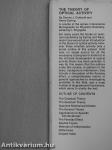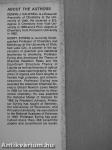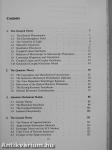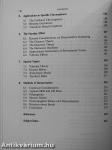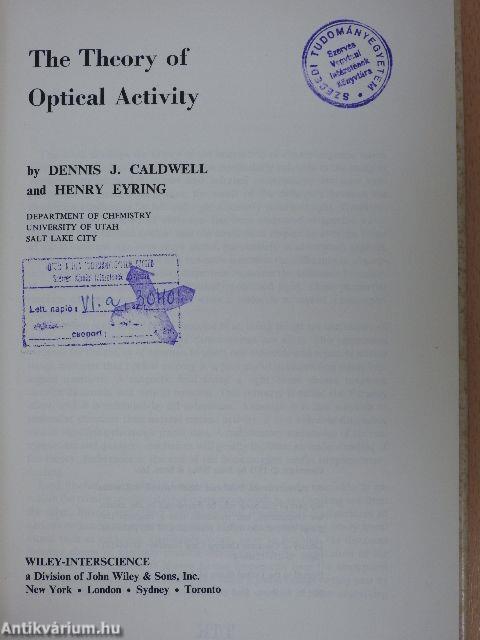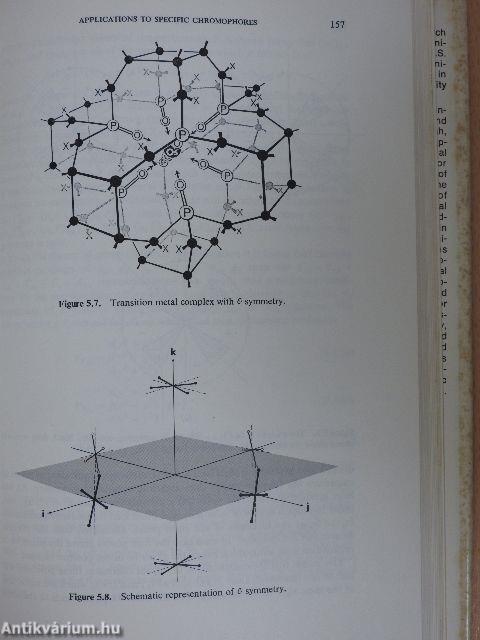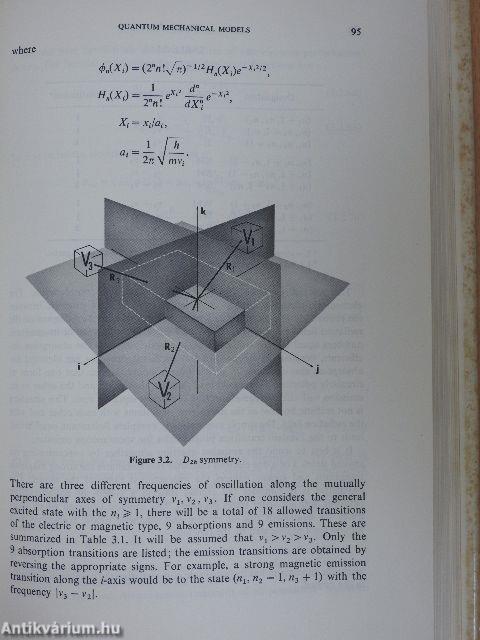1.117.562
kiadvánnyal nyújtjuk Magyarország legnagyobb antikvár könyv-kínálatát
The Theory of Optical Activity
| Kiadó: | Wiley-Interscience |
|---|---|
| Kiadás helye: | New York |
| Kiadás éve: | |
| Kötés típusa: | Vászon |
| Oldalszám: | 244 oldal |
| Sorozatcím: | Interscience Monographs on Physical Chemistry |
| Kötetszám: | |
| Nyelv: | Angol |
| Méret: | 23 cm x 16 cm |
| ISBN: | 0-471-12980-1 |
| Megjegyzés: | Fekete-fehér ábrákkal. |
naponta értesítjük a beérkező friss
kiadványokról
naponta értesítjük a beérkező friss
kiadványokról
Előszó
TovábbFülszöveg
CHEMICAL DYNAMICS:
Papers in Honor of Henry Eyring
Edited by Joseph O. Hirschfelder and Douglas Henderson Volume 21 in the series, Advances in Chemical Physics, edited by I. Prigogine and S. Rice
For more than four decades Henry Eyring has played a leading role in the development of theoretical chemistry and its application to many fields. Chemical Dynamics contains more than fifty papers by his students and associates—most of them previously unpublished—which were brought together in honor of his seventieth birthday. Because of Eyrlng's broad interests and research in many fields, the technical portion of this volume is arranged in six sections: Quantum Mechanics, Reaction Rates, Properties of Molecules, Liquids, Biological Applications, and Engineering Applications.
1971 816 pages
SIGNIFICANT LIQUID STRUCTURES
By Henry Eyring and Mu Shik Jhon
"The authors review briefly the presently available descriptions of the liquid state and point out their limitations and the rest... Tovább
Fülszöveg
CHEMICAL DYNAMICS:
Papers in Honor of Henry Eyring
Edited by Joseph O. Hirschfelder and Douglas Henderson Volume 21 in the series, Advances in Chemical Physics, edited by I. Prigogine and S. Rice
For more than four decades Henry Eyring has played a leading role in the development of theoretical chemistry and its application to many fields. Chemical Dynamics contains more than fifty papers by his students and associates—most of them previously unpublished—which were brought together in honor of his seventieth birthday. Because of Eyrlng's broad interests and research in many fields, the technical portion of this volume is arranged in six sections: Quantum Mechanics, Reaction Rates, Properties of Molecules, Liquids, Biological Applications, and Engineering Applications.
1971 816 pages
SIGNIFICANT LIQUID STRUCTURES
By Henry Eyring and Mu Shik Jhon
"The authors review briefly the presently available descriptions of the liquid state and point out their limitations and the rest of the book is devoted to the discussion of the significant structure theory of liquids,
first advanced by Eyring in 1958____The usefulness of the significant
structure approach lies in its ability to predict physical properties over wide ranges of pressure, temperature and composition and, in this sense, the book is to be recommended to physical chemists and chemical engineers." —Chemistry in Britain
1969 149 pages
WILEY-INTERSCIENCE
a division of JOHN WILEY & SONS, Inc. 605 Third Avenue, New York, N.Y. 10016 New York • London • Sydney • Toronto
THE THEORY OF OPTICAL ACTIVITY
By Dennis J. Caldwell and Henry Eyring
A volume in the series, Interscience Monographs on Physical Chemistry, edited by I. Prlgogine
For many years the books on quantum mechanics by Eyring and Kauz-mann have served as an introduction to the theory of optical activity. However these volumes provide only a broad outline of this subject. Until now, no single source for all the necessary background material in the intricate development of optical activity theory has been available. It was for this reason that the authors wrote this volume. In addition to the basic, background information, they include a discussion of the Faraday effect, a comprehensive outline of general approaches to investigating problems in this field, and a large number of diagrams and illustrations, which serve to clarify the text.
OUTLINE OF CONTENTS
The Classical Theory The Quantum Theory Quantum Mechanical Models The General Theory Applications to Specific
Chromophores The Faraday Effect Special Topics Methods of Interpretation References Subject Index
At30UT THE AUTHORS
DENNIS J. CALDWELL is a Research Associate of Chemistry at the University of Utah. He received a B.S. degree in Chemistry from Yale University in 1956 and a Ph.D. degree in Chemistry from Princeton University in 1962.
HENRY EYRING is currently Distinguished Professor of Chemistry and Metallurgy at the University of Utah, Salt Lake City. A pioneer in the application of quantum and statistical mechanics to chemistry, Professor ;/ Eyring also developed the Theory of 1, Absolute Reaction Rates and the f Significant Structure Theory of Liquids as well as theories of optical activity, mass spectrography, the ad- ^ dition of dipoles and bond lengths in flexible high polymers, and biolumi- i nescence. Professor Eyring was awarded the American Chemical Society's Gilbert Newton Lewis Medal ; in 1963 for his contribution to theo- j retical chemistry. He was awarded I the National Medal of Science for i 1966 by President Johnson. Professor Eyring has taught at Berkeley, i the University of Wisconsin, and Princeton University. He was elected to the National Academy of Sciences in 1945. Professor Eyring has published more than 460 scientific papers and co-authored six books. ^ Vissza
Témakörök
- Idegennyelv > Idegennyelvű könyvek > Angol > Természettudományok > Fizika
- Idegennyelv > Idegennyelvű könyvek > Angol > Természettudományok > Kémia
- Természettudomány > Fizika > Atom- és magfizika > Kvantumelmélet
- Természettudomány > Fizika > Fénytan
- Természettudomány > Fizika > Idegennyelvű
- Természettudomány > Fizika > Társtudományok > Kémia
- Természettudomány > Kémia > Általános kémia > Atomszerkezet
- Természettudomány > Kémia > Idegennyelvű
- Természettudomány > Kémia > Társtudományok > Fizika
Megvásárolható példányok
Nincs megvásárolható példány
A könyv összes megrendelhető példánya elfogyott. Ha kívánja, előjegyezheti a könyvet, és amint a könyv egy újabb példánya elérhető lesz, értesítjük.


